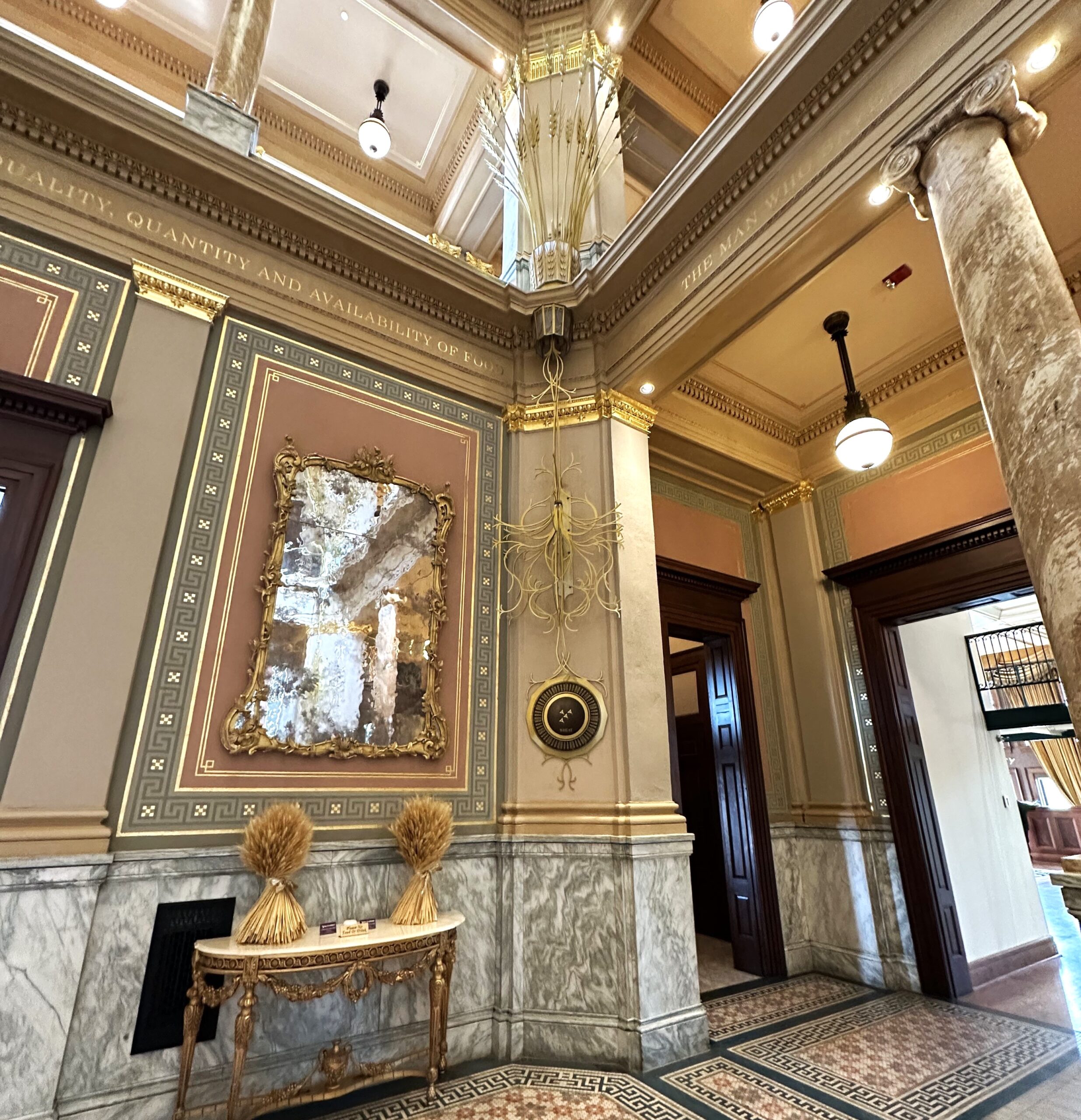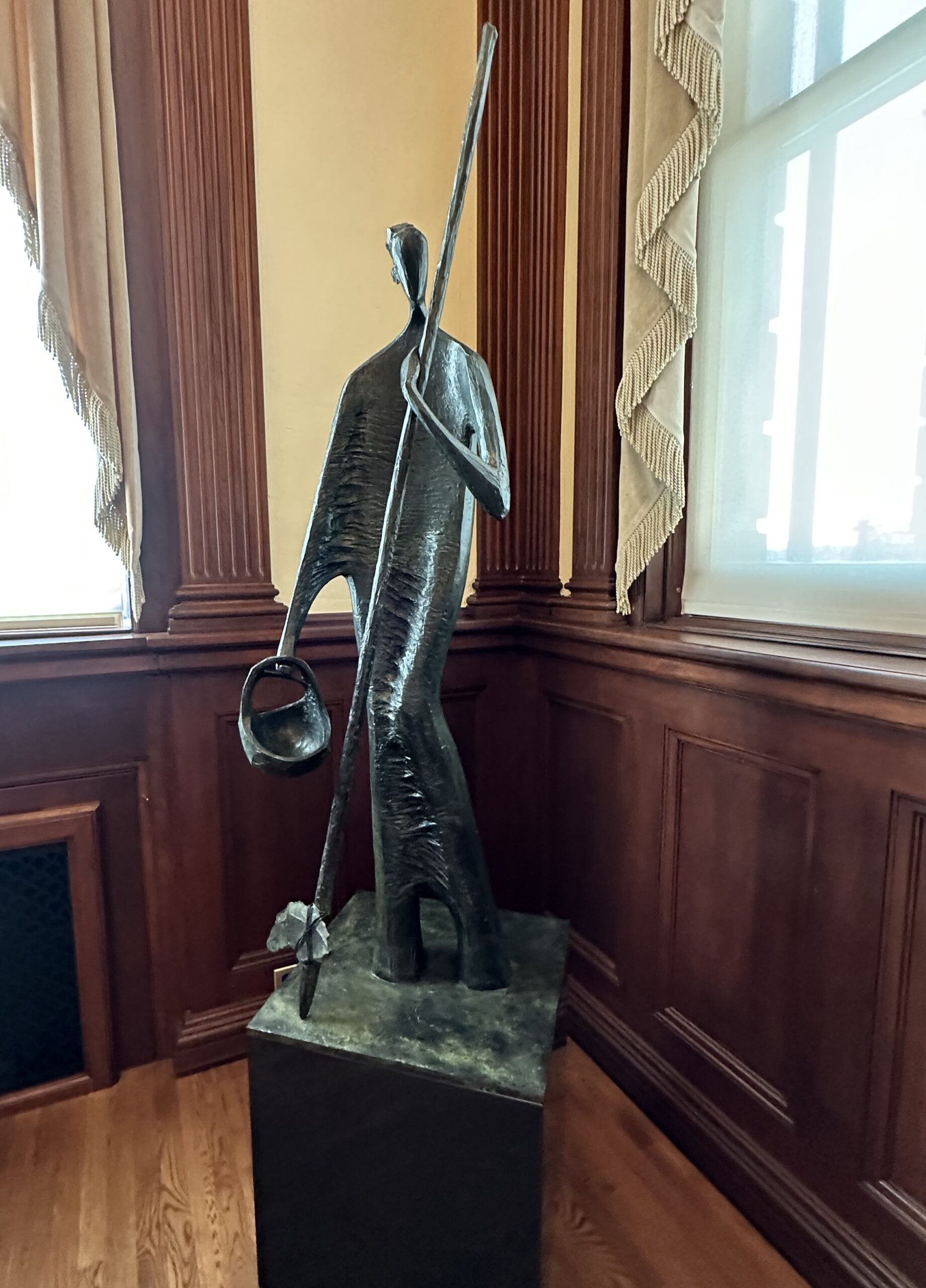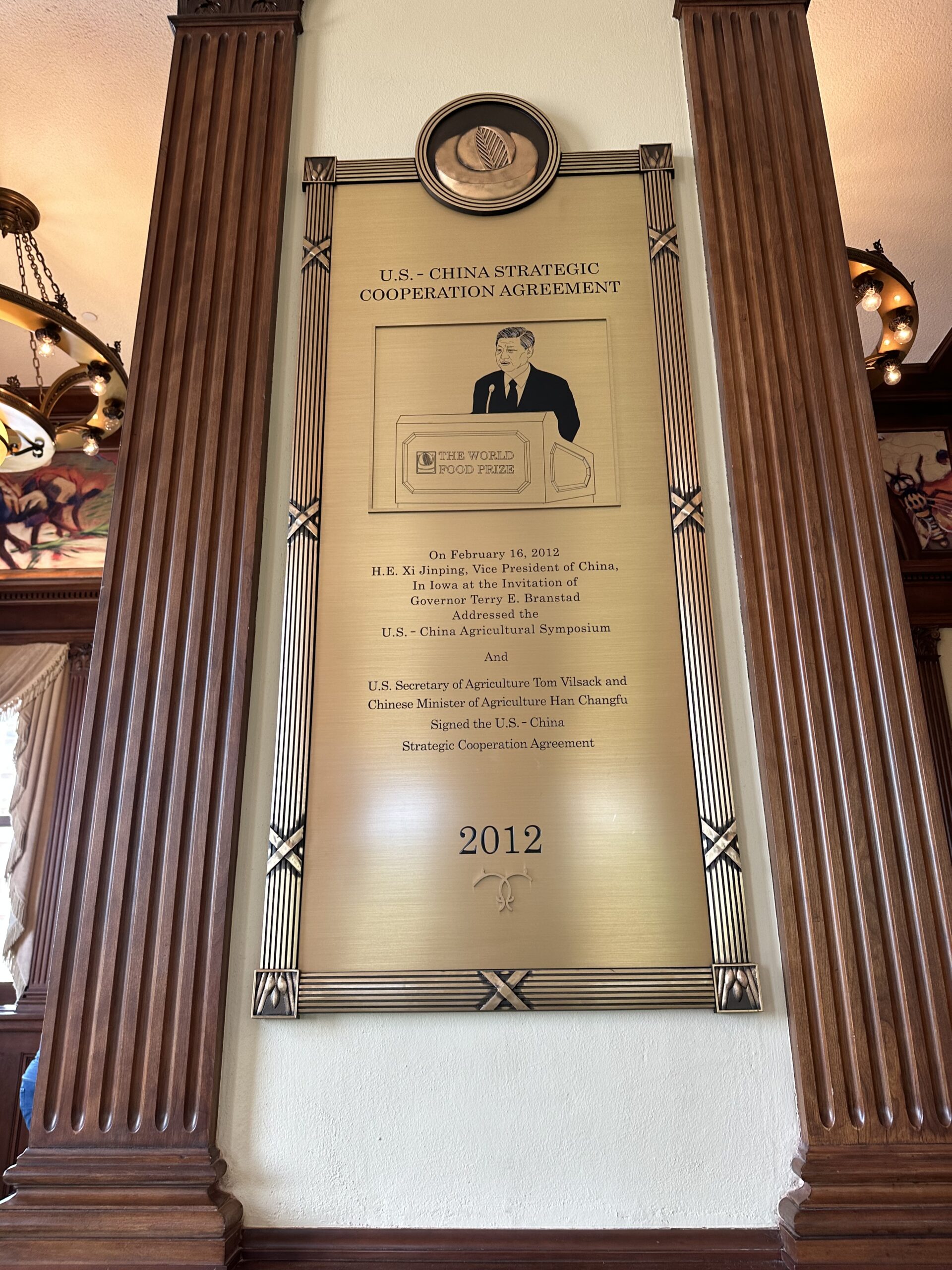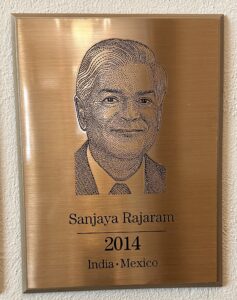On June 15, a U.S. Wheat Associates (USW) representative had the opportunity to visit the World Food Prize Foundation’s “Hall of Laureates” in Des Moines, Iowa. As part of an organization working on behalf of wheat farmers, this was a time to reflect on the amazing international food legacy of the late Dr. Norman Borlaug.
In 16 years of work in Sonora, Mexico, to solve a series of wheat production challenges, Dr. Borlaug developed successive generations of wheat varieties with disease resistance, adaptation to many growing regions, and high yield potential. Combined with his later, collaborative efforts in India and Africa, Dr. Borlaug can be said to have “saved more lives than any other person who has ever lived.” For this work, he was awarded the Nobel Peace Prize in 1970.
Great Agricultural Scientists
Dr. Borlaug went on to create the annual World Food Prize in 1986 to “honor the work of great agricultural scientists to end hunger and improve the food supply.” This concept expanded to include the annual Borlaug Dialogue and the Global Youth Institute.
This vital mission to “elevate innovations and inspire action to sustainably increase the quality, quantity and availability of food for all” and the World Food Prize has a permanent home in a beautifully restored Beaux-Arts building in downtown Des Moines that originally served as the city’s public library.
USW Vice President of Communications Steve Mercer toured the Hall of Laureates and shared some photos that illustrate why this remarkable center is a fitting tribute to Dr. Borlaug, World Food Prize recipients – and wheat, with which Dr. Borlaug did so much research and development.
A Moral Right
The photo at the top of this page shows a portion of the Hall’s grand entrance, where guests are greeted by quotes around the Rotunda that establish the meaning and purpose of the World Food Prize. The quote shown upholds Dr. Borlaug’s fundamental value: “Food is the moral right of all who are born into this world.” The stained-glass window above the staircase depicts a family in the Hellenistic Period bringing in the grain harvest.




A visit to this impressive place is highly recommended. To read more about Dr. Borlaug’s life and work, USW recommends this resource from the University of Minnesota: “The Significance of Borlaug.”


